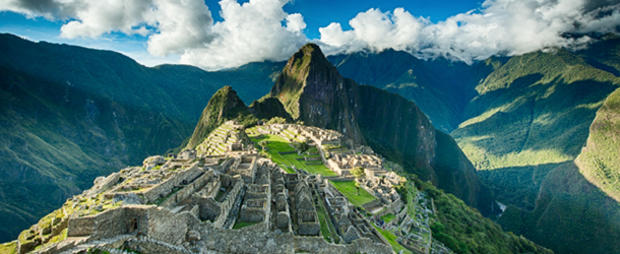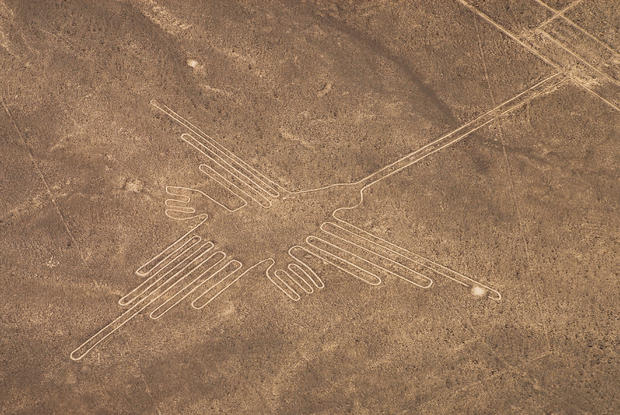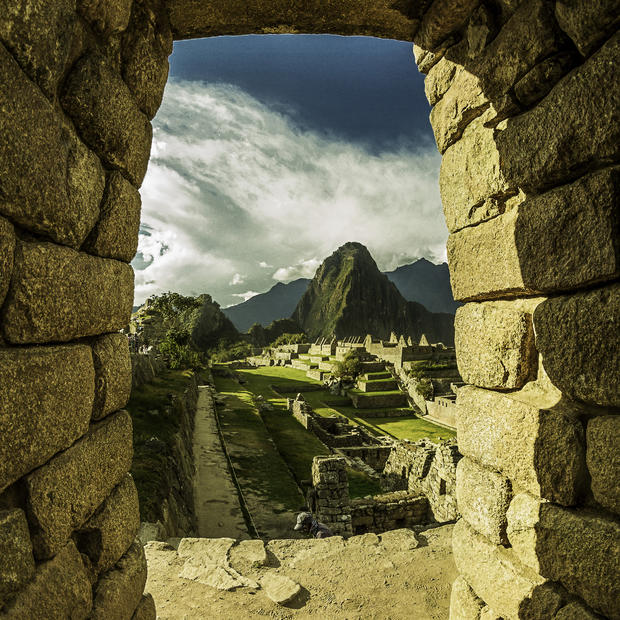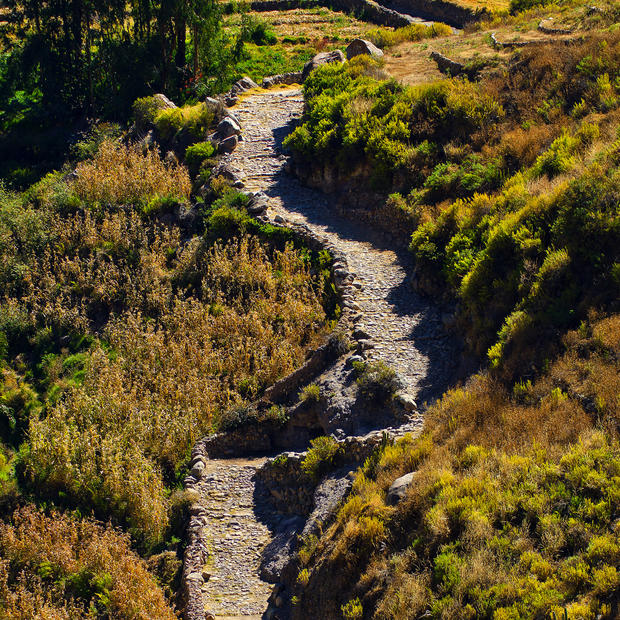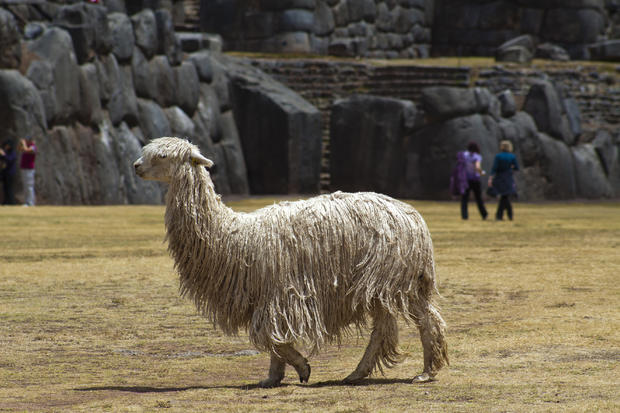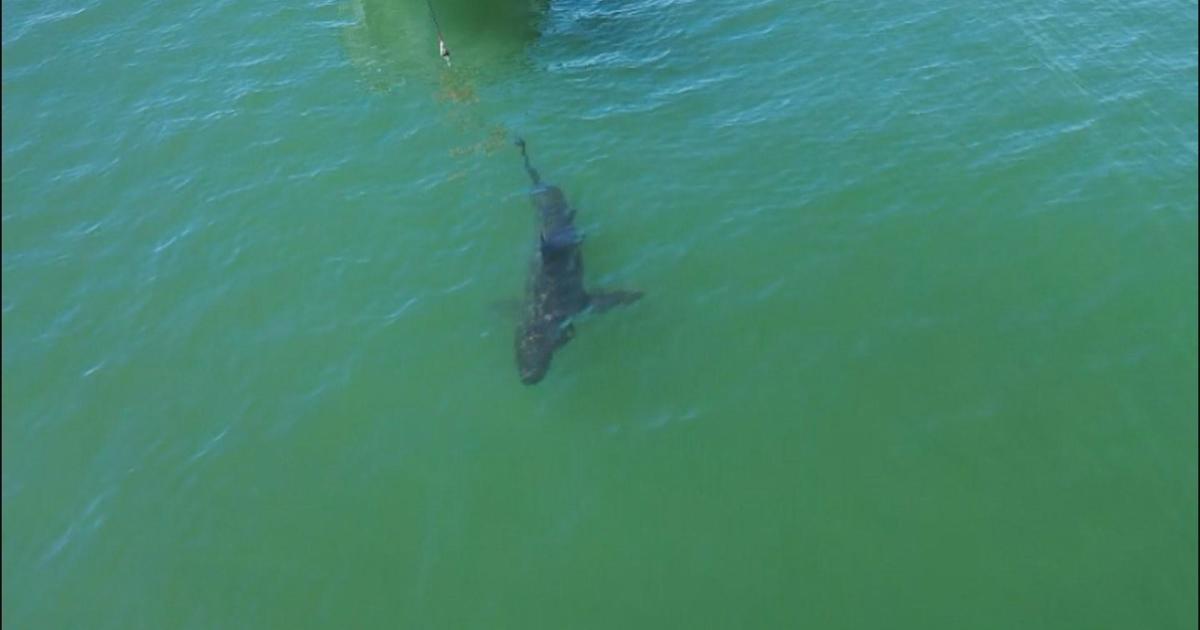10 Things You Didn't Know About Peru
Sure, you know its capital is Lima and the ancient Inca temples were made of gold, but there is much more to know about Peru than simple geographic facts and ancient legends. Peru is a land of many mysteries and hidden truths. Here are a few you may not have known.
1. Pink Dolphins Are Real
You thought it was only a pipe dream, but your first grader was telling you the truth. Once thought to be the stuff of legends, pink dolphins do exist, and can be found happily cavorting in the Amazon. Also known as the Amazon River Dolphin, these friendly, rosy-hued mammals are a fresh water variety which has recently been declassified as a vulnerable species, due not to an increase in population but rather, a lack of data about ecological threats and pollution.
The Inca's mass cache of gold and its lure to their Spanish conquerors is well documented. Today's Peru still ranks among the world's top producers of silver, copper, lead and zinc. Nothing can compare to gold's shiny lure, but the government has cracked down on illegal gold mining significantly in an effort to protect the rainforest and other fragile geographic areas.
3. A Spud Is Not Just a Spud
Peru has more than 3,000 varieties of potatoes. This tuber has been one of the most important foods for the first inhabitants in Peruvian territory, there is scientific evidence that potatoes were domesticated as early as 10,000 years ago in the High Andes of southeastern Peru.
Today, a trip to any market in Peru will uncover hundreds of varieties of this delicious staple, and local farmers produce 3,000 distinctly different types of the not-so-humble spud.
Protecting the Peruvian rainforest does more than sustain this biologically diverse region's threatened species, it also supports the scientific discovery of cures for disease. Medicinals found in the rainforest are currently used to combat addiction, treat infection and reduce inflammation as well as cure other maladies. Along with the vast number of medications already in use, an astonishing abundance of potential pharmaceuticals and food pharmacy supplements are still waiting to be discovered here.
You may be worried about cell service disruption while you're in the Andes, but isolated or uncontacted Indian tribes who have never seen a smartphone still exist by choice in remote and isolated areas of the Amazon. At least 15 distinct tribes, including the Nanti and Yora, have made the rainforest their home for uncounted generations. They are extremely vulnerable to loss of land by poachers, oil exploration, logging and Western disease. It is hard to predict how long their way of life will continue to grace this part of the planet.
The Incan footprint can be seen all over Peru, but the Children of the Sun were not the first advanced civilization to live here. The Norte Chico, a pre-ceramic culture of the Pre-Columbian, Late Archaic Period, thrived in the area now known as Peru between the 30th and 18th Centuries BC. The Norte Chico's archeological legacy points to grand-scale architectural structures and a sophisticated use of textile technology. Unlike the agricultural Incas, the Norte Chico survived primarily on seafood and other maritime products.
7. E.T. Didn't Draw the Nazca Lines
When Peru's Nazca Lines were first discovered in 1927, speculation abounded that extraterrestrials had constructed the fascinating, 37-mile-long configuration of perfectly straight lines and astonishingly large biomorphs and geoglyphs, as a type of landing pad for space ships. Science has largely disputed this claim, but a definitive explanation for the Nazca Lines origin and their use still remains elusive.
8. Machu Picchu is Earthquake Proof
In a country as seismically unstable as Peru, Machu Picchu would have been destroyed long ago if it were not for the advanced building techniques used by the Incas. Despite being built directly on top of two fault lines, Machu Picchu has withstood the rigors of earthquakes and aftershocks because its stone buildings were constructed tightly with no mortar. The stones, cut with precision and wedged together in exquisitely tight fashion, are said to do a dance during earthquakes. They jiggle and bounce, but gracefully slip back into their exact, original position when the tremors end.
9. Qhapaq Ñan
This year, UNESCO has recognized Qhapaq Ñan (The Great Road, in Quechua tongue) as a World Heritage. This extensive Inca communication, trade and defense network of roads, which parted from Cusco, as the Capital City of the Inca empire, to far lands like Ecuador, Argentina and Chile, covering 30,000 km. Constructed by the Incas over several centuries and partly based on pre-Inca infrastructure, this extraordinary network through one of the world's most extreme geographical terrains linked the snow-capped peaks of the Andes – at an altitude of more than 6,000 m – to the coast, running through hot rainforests, fertile valleys and absolute deserts. It is an amazing opportunity for practicing trekking as a real Chaski (the messenger of the Incas).
10.That Animal You Think is an Alpaca is Really a Llama
Llamas and alpacas are closely related and look a lot alike, but those large, graceful and very furry, camel-like creatures you see strolling all over Machu Picchu are really llamas, not alpacas. Used for centuries as pack animals, llamas are about double the size of their gentle cousins, who typically live in Andean herds and are prized for their soft, beautiful fur.
